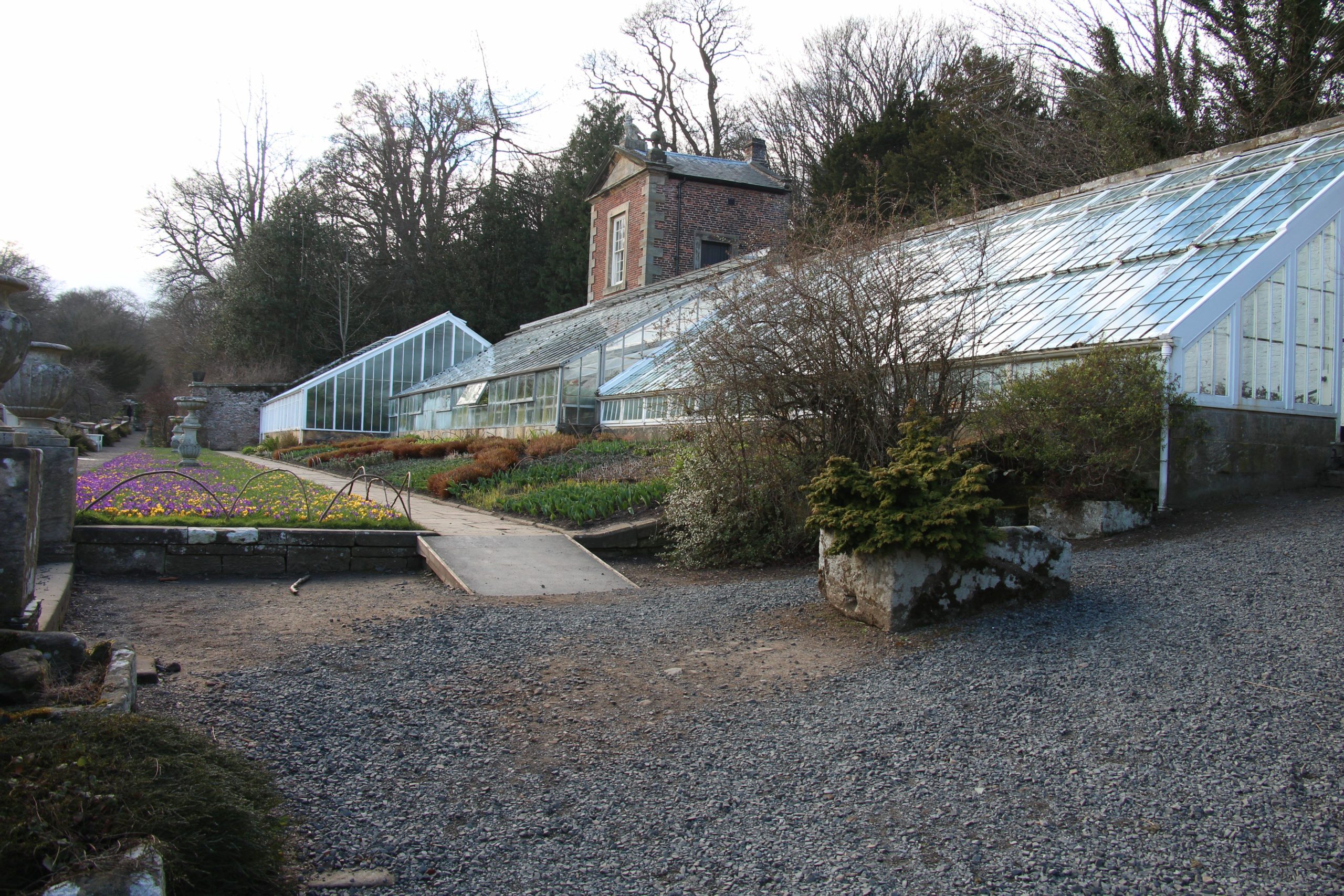-
Taxon
(plural taxa) is the individual levels of taxonomic rank. E.g. genus is one taxon and species is a second taxon.
-
Family
This is a group of closely related genera and the names should be written in italics (or underlined) and start with a capital letter. The names of plant families should end in the letters –aceae; but some long established names which do not have this ending are still used, all be it with standardised alternatives…
-
Utility areas

Most gardens end up with an area for the bits you would rather not show off; where pots, wheel barrows and the like need to be stored. These areas need to be kept clean and tidy, so the paving needs to be smooth and easy to clean. As this is the working part of the…
-
International Code of Nomenclature for algae, fungi, and plants
The International Code of Nomenclature for algae, fungi, and plants (ICN) is as the title says the set of rules that govern how plants, fungi and algae are named and how the names are arranged into ever broader groups. The last published edition was the Vienna code but it is soon to be replaced by…
-
International Code of Nomenclature for Cultivated Plants
The International Code of Nomenclature for Cultivated Plants (ICNCP) lays down a set of rules in an attempt to standardise the way plants produced or selected by humans, as opposed to wild plants, are named. It is in effect a supplement to the International Code of Nomenclature for algae, fungi, and plants (ICN). The first…
-
The Cambridge Illustrated Glossary of Botanical Terms by Michael Hickey and Clive King
This may not seem an obvious choice to include in this list and retailing at about £38 for a paperback it is not exactly cheap; but it does plug a very important gap. This book provides an accessible explanation of the often confusing technical terms used to describe plants. These are words used in botanical…
-
Path design
Paths need a purpose. They have to take you somewhere. Of course this journey is not necessarily a physical one; many of the greatest journeys are ones of the mind. The upshot of this is that before “putting a path in” you must first ask the question – what is the path for? This in…



